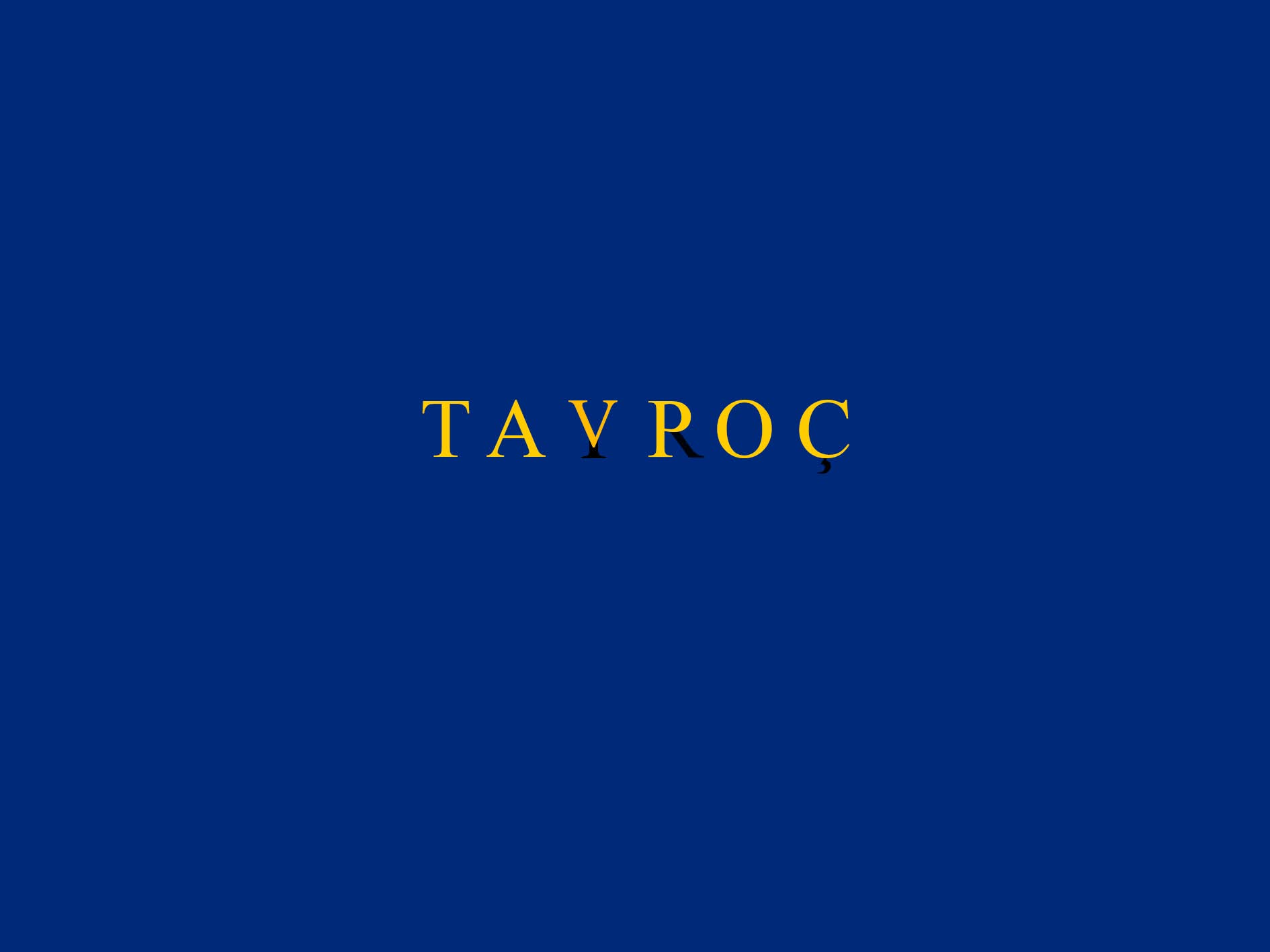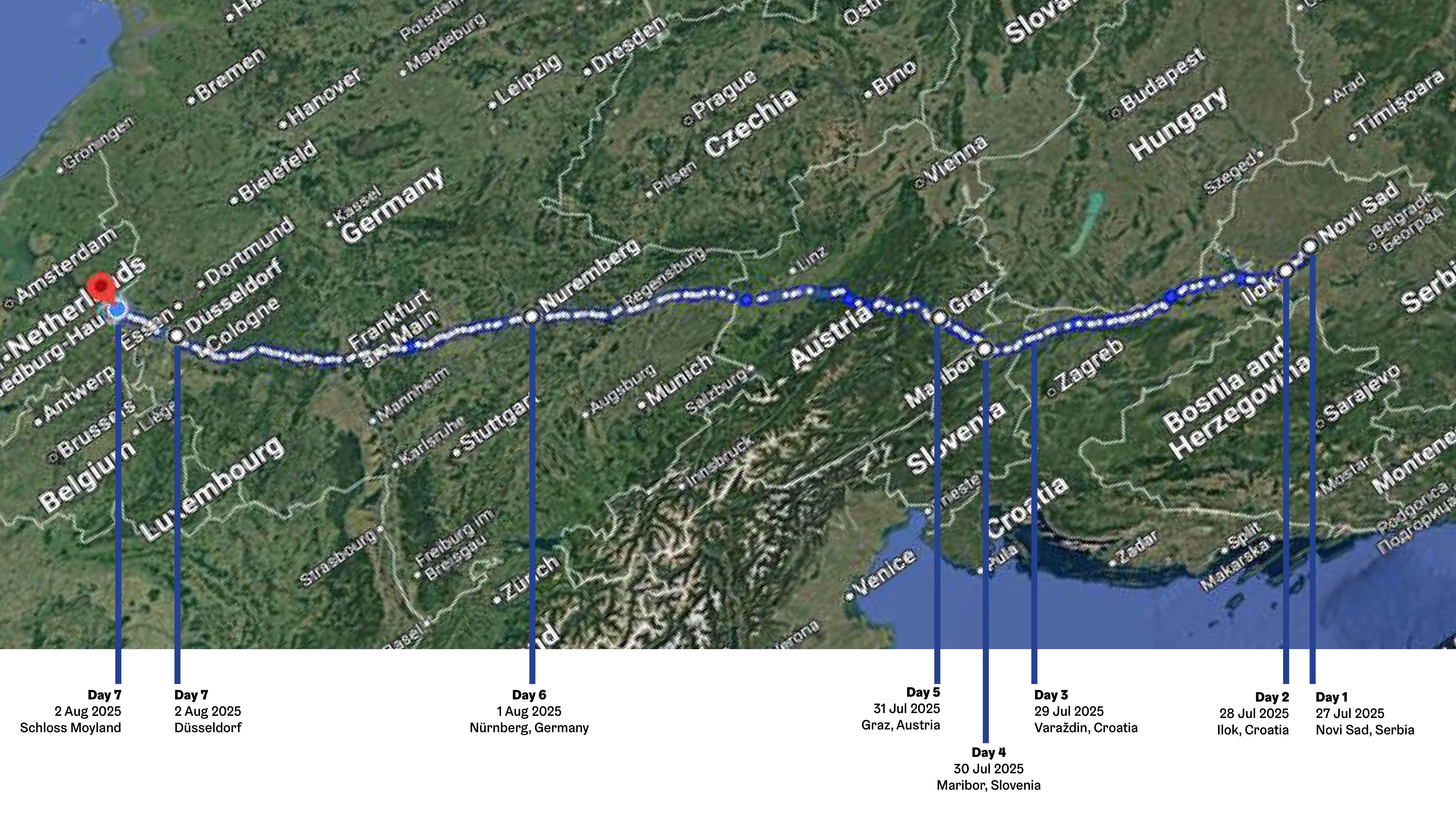


TAVROS
Virginia Mastrogiannaki examined the latter years of Joseph Beuys’s life and oeuvre, during which his expressive language became increasingly politically charged. She explored the profound impact of the universalist and humanist ideas of Anacharsis Cloots on Beuys’s artistic and ideological framework, as well as Beuys’s spiritual affinity with the Enlightenment thinker known as the “Orator of Mankind.”
Anacharsis Cloots, a Prussian-born aristocrat and radical figure of the French Revolution, was perhaps the first to advocate a universal parliament, envisioned a world united under a universal republic, devoid of national borders and ruled by the ideals of human reason and equality. These ideas deeply resonated with Joseph Beuys, whose notion of Soziale Plastik was based on the belief that art and life are inseparable, and that every individual has the creative ability to transform society.
Beuys saw in Cloots a kindred spirit — someone who represented the fusion of philosophical idealism and political engagement. Beuys’s identification with Cloots was so strong that he would refer to himself as, “Josephanacharsis Clootsbeuys,” as a symbolic merging of their identities.
In 1983, Beuys performed at Schloss Gnadenthal, the former residence of Cloots in the Rhineland. There, he read aloud from Cloots’s biography in an “aktion” that functioned as both homage and political invocation. This performance demonstrated Beuys’s aim to rejuvenate Enlightenment principles in a modern, post-war European setting and to establish the artist as a catalyst for political transformation.
During the monthly residency at Artoll, Mastrogiannaki conducted extensive in-situ research. In addition to studying the archives and collection of Schloss Moyland, she also consulted the municipal archives of Kleve, explored Anacharsis Cloots’ letters and political speeches, some of which are displayed in the exhibition. She engaged in discussions with the Koekkoek Museum and visited Schloss Gnadenthal, the residence of Anacharsis Cloots in Kleve.
In her performance project TAVROS, Virginia Mastrogiannaki focuses on Beuys’s candidacy for the European Parliament in 1979, which reflected his vision of merging artistic practice and democratic action. Mastrogiannaki examines the institutional texts that form the legal and political basis of the European Union today. Drawing on Beuys’s legacy, she studies the legal and political foundations of the European Union by engaging with the official Treaties that form its institutional framework.
Linguistic issues have long been a central focus of her artistic research. For TAVROS, the impact of language plays a central role. She is drawn to the multilingual and internationalist nature of the European Community, both as a political construct and a symbolic space.
In TAVROS, Mastrogiannaki removes all economic jargon from the institutional texts governing the European Union. While analyzing the Treaties that regulate the Union, she contemplates the elements that define our contemporary European identity.
The title TAVROS (Bull) refers to the transformation of Zeus, the second main figure in the myth of Europa’s abduction — a myth from which the European continent and, later, the European Union derive their name.
Virginia Mastrogiannaki, 2025

Day One
27 July 2025
Fruška gora, Serbia
Day Two
28 July 2025
Novi sad, Serbia -
Ilok, Croatia
Day 3
29 July 2025
Ilok - VUKOVAR - Varaždin, Croatia
Day 4
30 July 2025
Varaždin, Croatia - Maribor, slovenia
Day 5
31 July 2025
Maribor, slovenia -
Graz, Austria
Day 6
1 August 2025
Graz, Austria -
Nuremberg, Germany
Day 7
2 August 2025
Nuremberg -
Düsseldorf, Germany
Day 8
3 August 2025
Düsseldorf -
Bedburg-hau, Germany